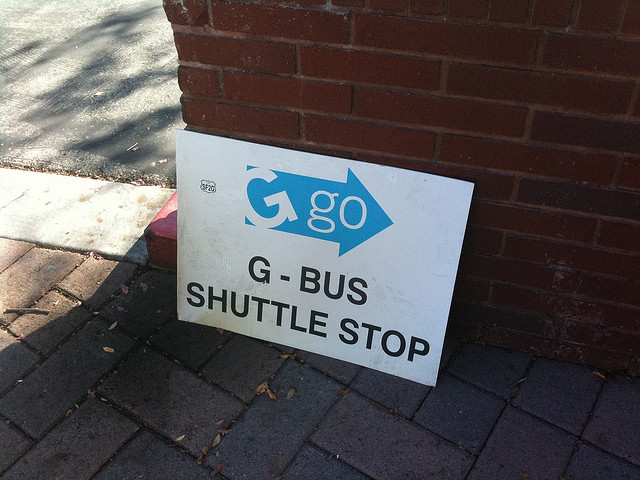“We have no shortage of investors,” says Tom Nockolds of Sydney community solar farm group Pingala in an Australian Broadcasting Corporation’s report on small business power projects.
The ABC’s report focuses on Bakers Maison, a suburban Sydney bakery that raised 400,000 dollars to extend its solar solar electricity system to slash its power bills and promises investors a seven percent return on investment.
Seven percent is very good in these days of low yields so it’s not surprising investors are lining up for projects.
It’s also an indictment on the modern banking system that smaller businesses like Bakers Maison have to issue debt directly to the market rather than getting a loan, which would have been normal a generation ago but today Australian banks would rather lend to property speculators than productive businesses.
This isn’t to say such fund raising is without problems as there is a real risk of fraud which Australia’s prescriptive fund raising laws are designed to avoid, even at the cost of stopping genuine investments.
“We’ve had to duck and weave our way through the regulations to set up this kind of operation,” says Warren Yates of Clear Sky Solar Investments – another volunteer group – about the laws which were developed after the financial scandals of the 1960s mining boom and the 1980s entrepreneur period.
As a consequence, the ABC story points Australia is lagging jurisdictions like Germany, Denmark and Scotland in developing these schemes.
With the banking system having left the field of funding growing businesses and responsibility largely falling on volunteers to provide services, reforms encouraging community crowdfunding need to be developed to provide capital to industry and local initiatives.
That many of the current reforms in this area such as America’s Jobs Act or Australia’s Innovation Agenda focus on a narrow set of industries – specifically the tech startup sector – which means we’re missing most the value in an evolving economy. A bakery, factory or hotel deserves the same investment advantages as the next potential tech unicorn and they could employ just as many people and deliver even more benefits to the broader economy.
New technologies have always demanded new investment and business rules and we’re seeing those pressures developing today, all of us have to demand regulators and politicians pay attention to the changing needs of our economy.
With investors clamouring for new opportunities and businesses wanting capital, it would be a tragedy to miss the possibilities of today’s technological, financial and energy revolutions.






